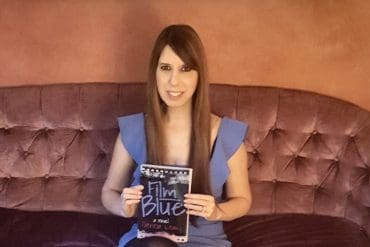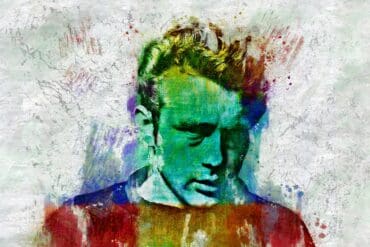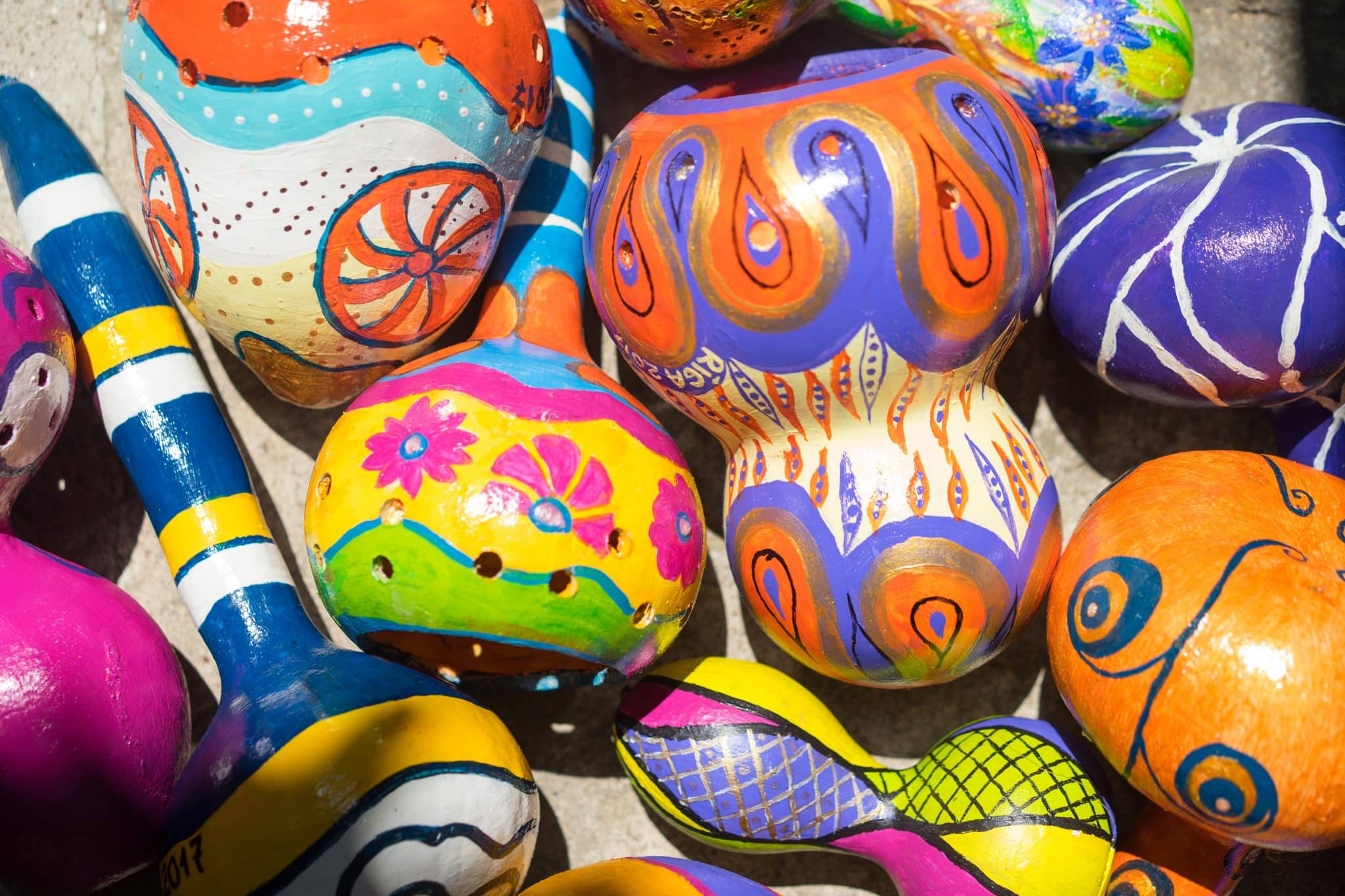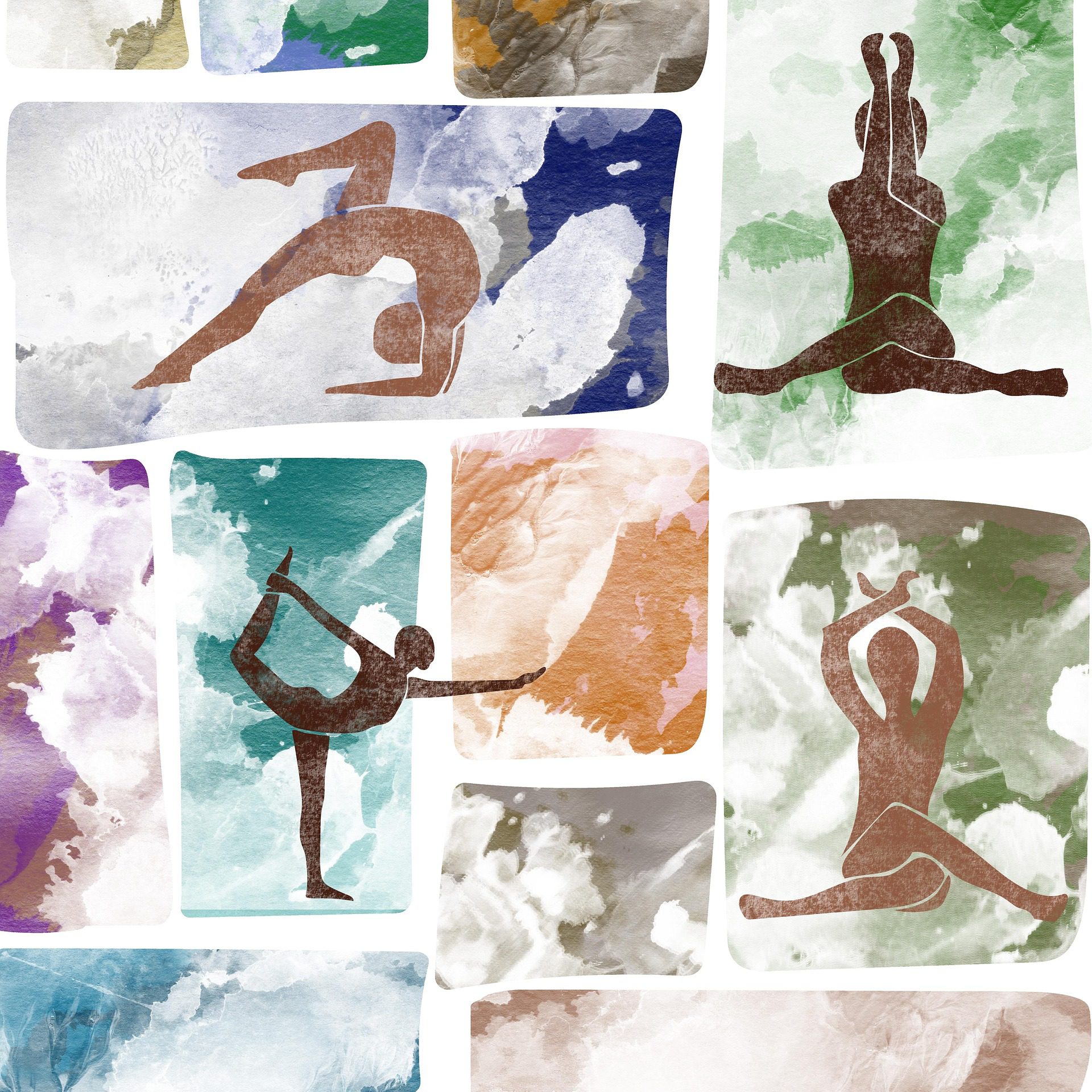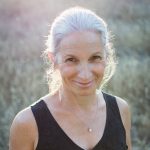Breathe New Life: Prison Yoga
This essay is about my experience teaching yoga in a California prison. It is a narrative that speaks to prison reform by touching on the issues of trauma and healing and how we can help those who are incarcerated come to terms with their past and move on in their lives. Prison yoga classes have been shown to improve emotional control and decrease anti-social behavior. In fact, a number of research studies indicate that contemplative practice, whether it is yoga, meditation, or tai chi, create an openness and receptivity to more specific rehabilitative programs.
I have academic training in ethnography and public policy and my publications in scholarly journals include an article in Children and Youth Services Review (2017) about helping former foster youth apply to graduate school and an article in Current Psychology (2022) about teaching meditation in a cultural and historical context to university undergraduates. I am most comfortable, however, writing in a creative nonfiction mode that allows me to incorporate my own personal experiences with broader cultural and policy perspectives.
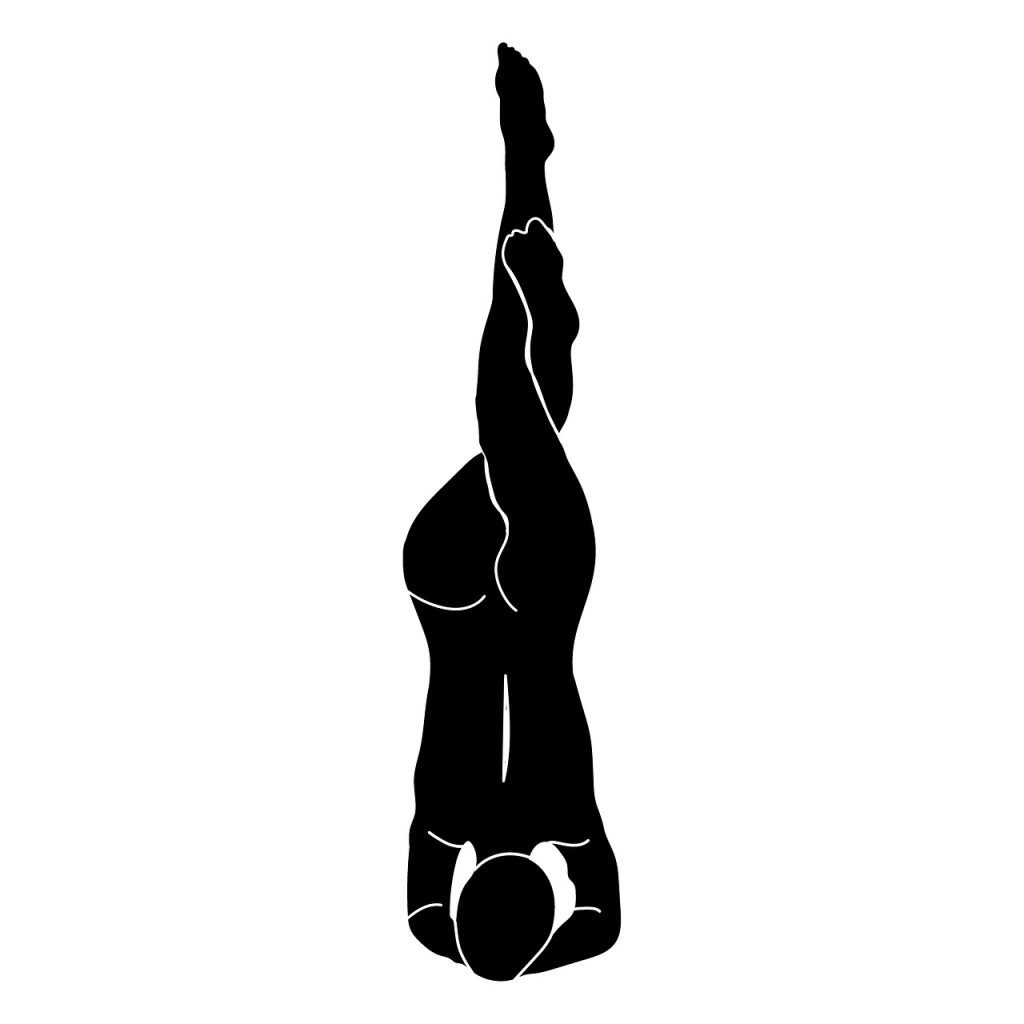
Breathe New Life: Prison Yoga
It was clear that Louis didn’t think he belonged in prison, doing time.[1] It was clear when he told me how much he had enjoyed the lecture by the history professor visiting from Stanford and in the way he asked me what books I thought he should read. It was clear when he talked about the other men inside who spoke Spanish but couldn’t write in the language, a claim he made while showcasing his lyrical Castilian pronunciation. And when he told me about the crime he had committed in his early twenties, and how he killed a young man and then fled, he mentioned it with what seemed to be an air of slight confusion, as if he was talking about someone else. “I was ruthless,” he said.
Louis was always waiting at the gym with a couple of regulars when I arrived each week to teach yoga, a group that also included Steve, a pale man with a loping walk and a beguiling sense of humor. Louis himself was thin and bald, with a jumpy vibe, and he was never without his clipboard and a sheaf of papers under his arm, a busy guy who seemed to be going places in a space where there were few places to go. Louis had jump-started the class with a written request to the Prison Yoga Project and he usually stopped to talk with me after practice, his words spilling out quickly in a jumble of fast-paced thoughts. Sometimes he wanted to comment on the asanas but usually he wanted to impart more personal information.
“Louis is a nice guy,” I told Darrell, my staff escort, one afternoon as we walked back through the wide hallways towards the prison entrance and my long drive home. It was only a few weeks after I’d started teaching, and I was just getting to know the prison rules. Darrell didn’t break stride and didn’t look in my direction.
“Louis is a criminal,” he said. “All your students are criminals, and you’ve got to understand that when an inmate is trying to establish rapport with you, they want something.”
I considered this idea as we continued forward, mentally scrolling through my various interactions with the ten to fifteen men who attended my class. But the only thing my students really seemed to want from me was more time. Yoga was regularly scheduled for Wednesday afternoons, but after a few sessions, the men had requested I also come one Sunday each month, a couple extra hours to which I agreed, with some hesitation. I was pleased they enjoyed my teaching, yet the work had already pushed me into a deep internal struggle.
I was not psychically prepared for what the prison abolitionist Ruth Gilmore calls ‘putting people in cages’, the practice of locking people up in dehumanized and sterile environments. I was not ready for the hallways of armed guards, nor the atmosphere of edginess and the subtle but real emotional distress I could sense among the men. As an instructor I was convincing and confident, and in my interactions with staff I was firm. But inside I felt very unsure. I had trouble reconciling my respectful students with the violent crimes I knew they had committed, and I despaired that they were hopelessly stuck.
This emotional dissonance pushed me towards research, and I began to scour the web for policy documents from the California Department of Corrections and Rehabilitation (CDCR) and to study scholarly papers that debated imprisonment and recidivism. I found articles describing my student’s crimes, read the published accounts from men who had been incarcerated and became adept with a CDCR database that contained details about parole. The work helped me understand the theories and assumptions underlying our system of justice, as well as the heartbreak of all those affected, both victims and offenders alike. But this dedicated inquiry didn’t soothe my unease. Instead, it strengthened my determination to keep teaching.
What I came to realize was that insight and resolution would only come through my continued presence in the prison.
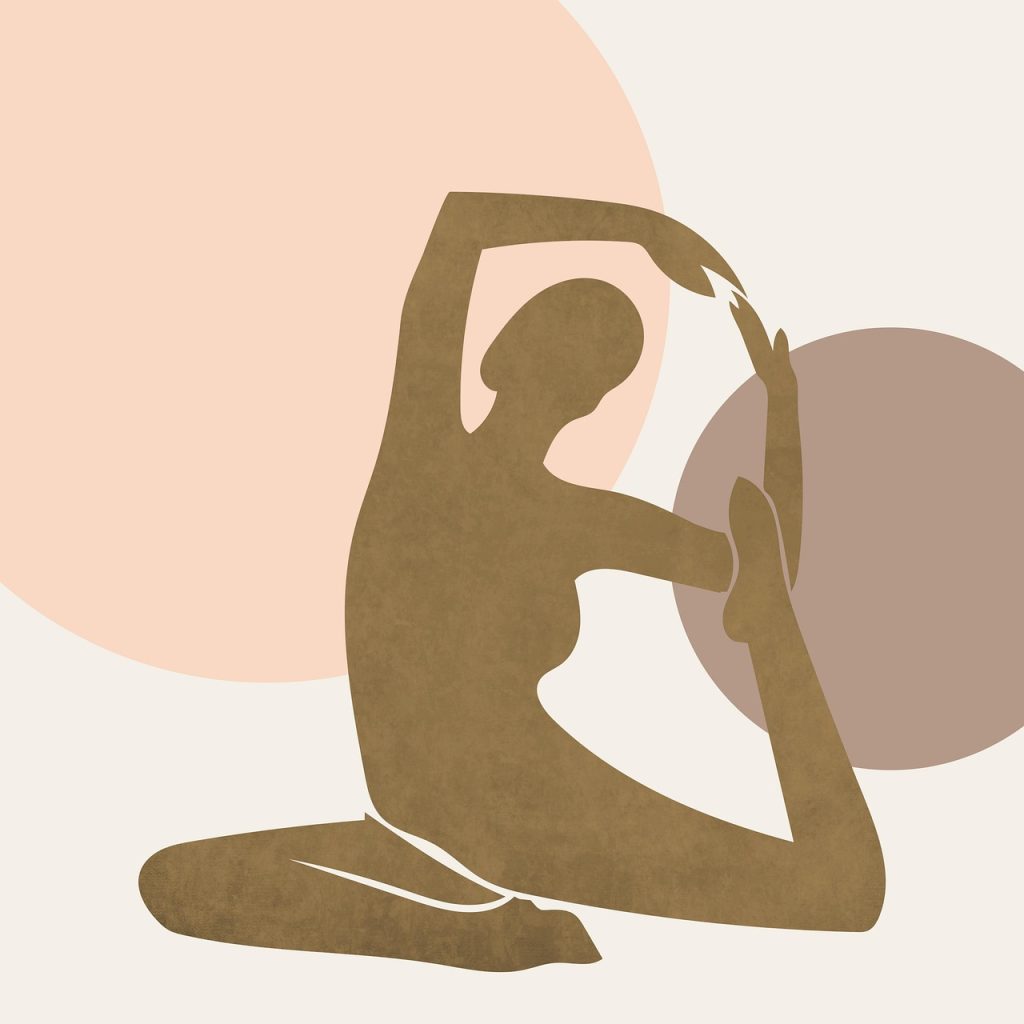
The Ethos Inside
Darrell’s harsh comments about my students hadn’t really surprised me. His attitude aligned with advice I’d found in an article written by Quaker women, their comments after years of volunteering in penal institutions summarized by this quote. “Expect to be lied to by everybody—prisoners, staff, administrators, other volunteers, and even colleagues working with you in volunteer programs or prison ministries.” This pervasive wariness lay at the heart of many conversations I had while working at Deuel Vocational Institute, or DVI as it was called. I heard it in the way the men described their interactions with the guards, in the way the staff talked about the guards, and in the way the guards and staff talked about the men who were under their supervision. When I told the higher-ups that my students weren’t coming to class because the guards wouldn’t open their cells, the captain in charge, a beefy woman with her hair pulled back tightly into a bun, immediately shot back, “Those men are just lying.” Keenly attuned to this fact of prison life, I grew sensitive to the changes in facial expressions and body posturing, the sliding away of an imaginary curtain that occurred when I talked to one of my students long enough and they decided I was someone they might trust, even if we were discussing a topic the outside world deemed mundane.
Although the prison welcomed outside programming, administrative staff were always concerned with what they called over familiarity. This broad term covered flagrant misbehavior like sexual innuendos or inappropriate physical touch and was also used to reference a heartfelt conversation or even genuine concern. The biggest worry was that over familiarity of the second form might seem innocent at first, perhaps a request that a volunteer bring in a book or a favorite snack, but there was fear that the slippery slope of a sympathetic attitude would ultimately lead to a security breach.
In my first few weeks, I acted with caution but also tried to meet what I considered reasonable requests. When Louis asked me what he should read, I did not bring in a booklist but told him to write down the titles I thought he might enjoy on one of the many papers he carried with him. When another student complained of a sprained Achilles heel, I brought in exercises he could memorize but I didn’t leave the paper behind. A few of the men seemed apprehensive about keeping boundaries themselves. During a long talk with Steve about how he might become a teacher, he abruptly cut the conversation short and suggested I mingle. “I don’t want anyone to think that I’m taking too much of your time,” he said and walked away.
Eventually I dealt with Darrell’s appraisal directly. “I can tell when people aren’t being straight up with me,” I told him during a conversation on one of our long walks to class. He responded with a curt nod of his head and an attitude of skepticism.
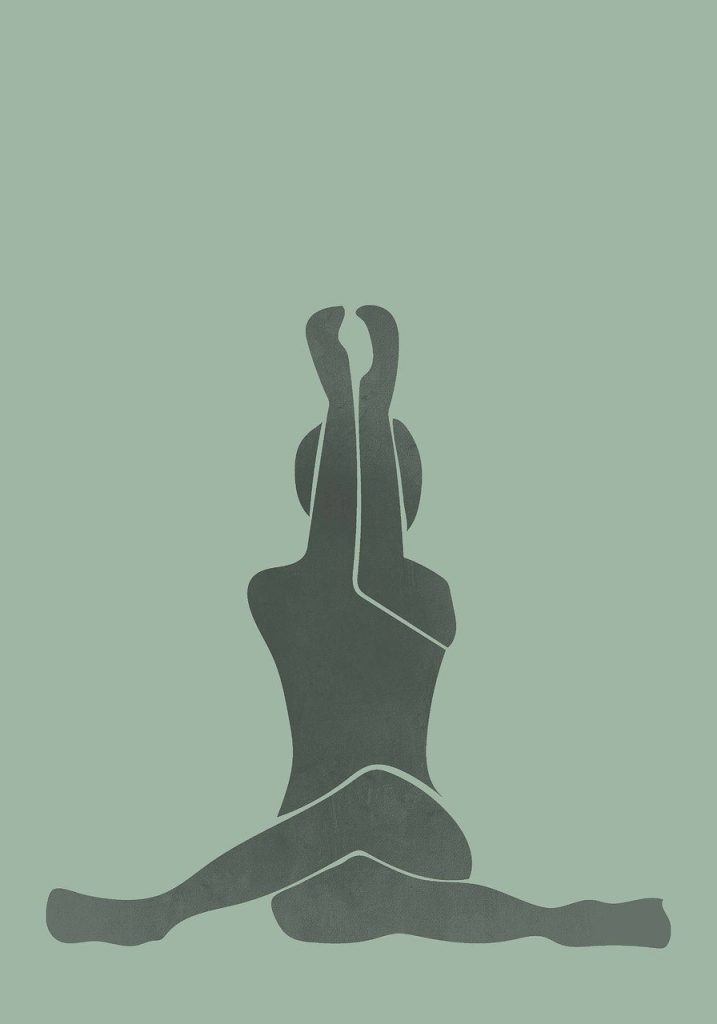
Getting In
On the afternoons I taught, I put on my baggiest yoga clothes and replaced my diamond wedding ring with a simple gold band. Prison dress code disallowed tight-fitting apparel, and I could not wear clothing identified with the men who were incarcerated — denim, blue chambray, or grey pants with a white shirt, nor anything that resembled the uniforms worn by the guards — no forest green and tan, or anything with a camouflage pattern. Only jewelry that attached to the lip, nipple, nose or belly-button was forbidden, but I changed my ring just to avoid any distraction.
DVI lay south of California’s state capitol near the little town of Tracy, where a small sign on Highway 5 with the single word, Deuel, marked the Kasson Road exit where I turned off, the concrete buildings of the prison looming large in the dusty landscape. At the end of a long driveway was a kiosk where a guard checked my ID, and I had to identify myself again in the small building that served as the prison entrance, gaining access only when a heavy locked door clicked open.
Each week, with my cellphone, purse and wallet already stowed in the car, I relinquished my keys, walked through a metal detector and met up with Darrell to make the second part of the journey. We first stepped into a sallyport with a gate that opened when the door behind it closed, walked across a patio to an electronic entrance where Darrell yelled South, and then paused in a passageway in front of another set of bars to shout North. When that gate opened, we were inside the main building where long corridors stretched in a perpendicular arrangement and the men walked back and forth, traveling the length and breadth of the institution many times a day.
In the fall of 2019 when I started teaching, approximately 1,500 men were incarcerated at DVI, one of California’s twelve original facilities and part of a carceral system that held, at that time, approximately 122,000 individuals throughout the state. My students with determinant sentences knew the exact length of time they would serve and when they were getting out, but those sentenced to life with the possibility of parole had a different trajectory. “I’m a lifer,” one of the men might tell me in the midst of a conversation, and the accompanying shrug of the shoulders seemed to imply he had accepted this fact and that I should understand.
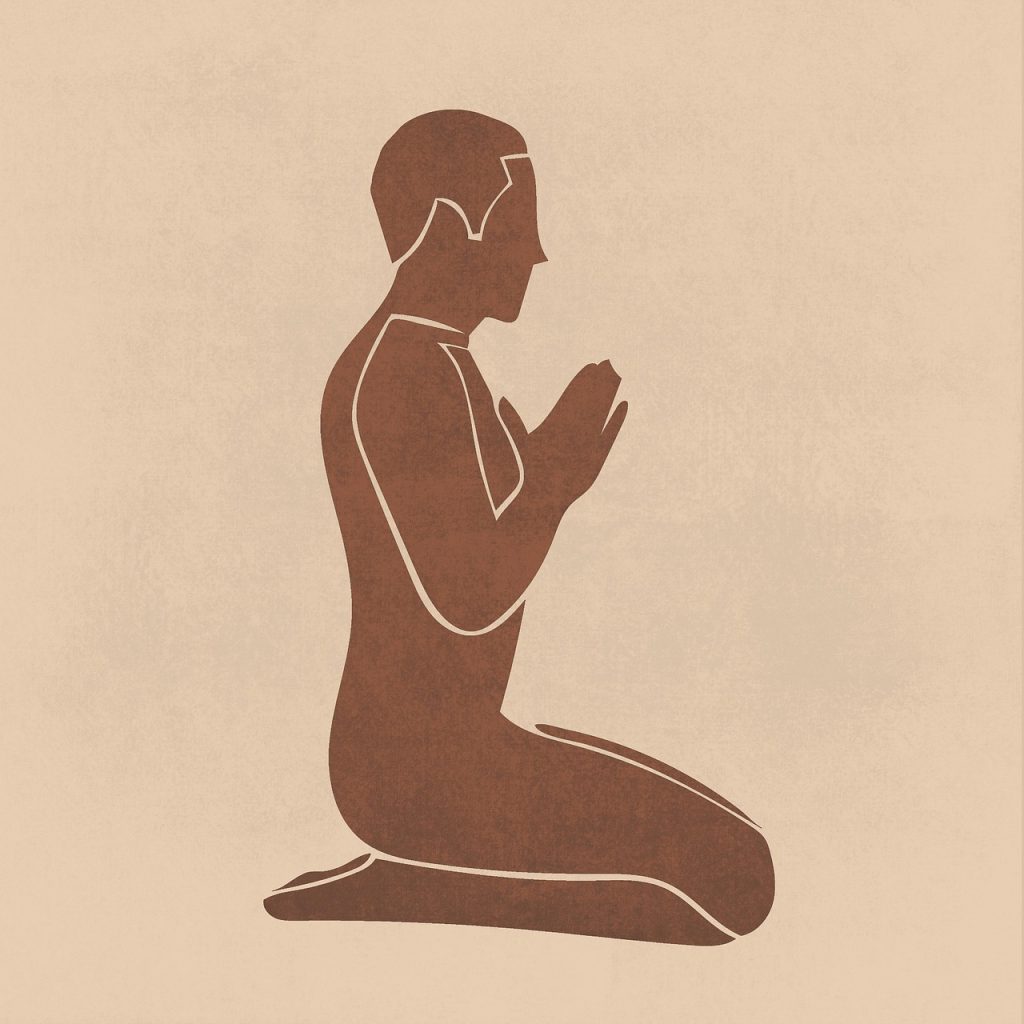
Spending Time Together
I taught my class in a cavernous gym extending the length of a football field, with bleachers at one end and a wall dividing it in two. At three fifteen the guards would open the doors and Darrell would retrieve the equipment from a back room. The regulars would file in to grab a black mat from the cart, place it somewhere in the circle we made in the middle of the floor and take a wet disinfectant cloth to wipe it down.
Steve was usually one of the first to arrive. He would come into the gym without fanfare, easily launch himself into a headstand, and remain upside down for a good two to three minutes. After attending my introductory workshop, he had been torn between continuing on, or going back to his previously scheduled class, a teaching on centering prayer offered through the Christian ministry.
One day while we were practicing, as a couple of students yelled at me to avoid the cockroach at my feet, and I tried to wave it away with my mat, Steve swooped in, picked up the bug in his hands and walked off to take it outside. When I thanked him later for his quick thinking, he looked at me with studied seriousness. “I saved your life,” he said, and then gestured emphatically, first to the guys still sitting in the yoga circle and then back at me. ”You all saw it, I saved her life.”
Steve’s assessment of the situation made me smile, but a few months later I realized his humor was a reference to the state’s Proposition 57, a law passed in 2016 that helps those who are incarcerated earn credits towards an early release. Participation in rehabilitative or educational programs knocks time off a sentence and anyone who performs a heroic act in a life-threatening situation might earn Extraordinary Conduct Credit that could significantly impact their remaining time.
It was this insight, coupled with other conversations I had with the men during practice that helped me see their situation was not actually static. My students told me about their transfers to other prisons, their release dates, and their upcoming parole board hearings, sporadically scheduled events that provided hope to all lifers who had the possibility of getting out. My students were not stuck. Things did change. But like many bureaucracies, the prison system crawled forward at an excruciatingly slow pace.

Our practice always began with ujjayi breathing, a deep and rhythmic harvesting of air that passes through a slightly closed throat to produce a whispering sound like a slow curling wave.
‘Inhale,” I would say, sitting cross-legged on the floor, my hands immediately behind my hips and my chest extended and raised. “And exhale” I continued, folding forward and reaching out to stretch into the center of the circle.
Bodily disassociation is common among those who are incarcerated and when trauma overwhelms, it leaves imprints in the physical form. Tightness in the hips and core. Anxiety, depression and anger. “Hurt people hurt people,” is the concise phrase used to explain how offenders externalize the destructive inner feelings they are unable to restrain. Bringing our attention to the breath and the body while coordinating our movements in a gentle and structured way was a practice of dealing kindly with whatever came up, and I often demonstrated how to slowly move into the organic forms that made up our sessions, crow and pigeon, tree and bridge. Prison yoga classes have been shown to improve emotional control and decrease anti-social behavior. Research also suggests that any type of contemplative practice, whether it is yoga, meditation, or tai chi, creates an openness and receptivity to more specific rehabilitative programs.
I knew my students attended these growth-oriented seminars and workshops and that the classes required them to examine their pasts and reflect on what had impelled them to criminal behavior. This important self-inquiry was necessary if they wanted to move on. But I also knew that continuously dwelling in those ugly aspects of their lives was only part of the overall process of healing. “None of us are the people we were twenty years ago, ten years ago or even last week,” I said at the conclusion of one class, inviting them to take one more deep breath and find some ease.
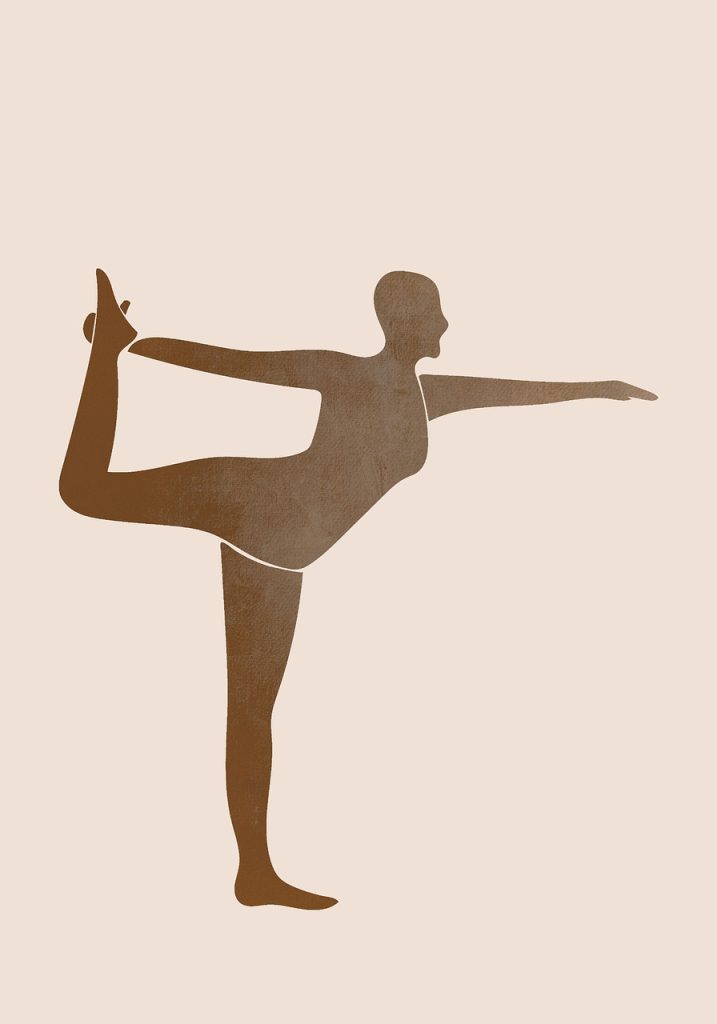
Doing My Own Inner Work
My standard answer to friends and colleagues when they questioned my choice of a teaching venue was that I wanted to be of service. I had just completed a yoga teacher training course before beginning work at DVI and I wanted to share. But when I looked in my life’s rearview mirror, I also realized this decision was part of a persistent practice of putting myself in challenging and some would say, risky situations. I had a distinctive way of disturbing myself, a habit of taking on multi-layered projects that often provoked a discovery of what lay buried deep beyond my thinking mind.
It was during a five-year period in my early thirties that I recognized this pattern and began to really grapple with some of the unconscious aspects of my behavior. At the time, I was living in the distressed neighborhoods of South Central Los Angeles and repairing a run-down bungalow, while at the same time studying Urban Planning at UCLA and writing a dissertation on gentrification. In my research proposal I claimed that living in the center of things, involved in the community, would “allow a qualitative examination of urban change usually analyzed with quantitative measures associated with economics and demographics.”
But I was also there because the real estate was cheap and my middle-class life was a mess. As I began to recoup from a failed marriage and the loss of a community of friends who had all taken sides, my academic research on the transforming environment ran parallel with my efforts at personal redevelopment. My scholarly inquiries focused on the cultural issues of the rapidly shifting geography; the deindustrialization of the sprawling neighborhoods, the efforts of local activists to create affordable housing, and the influx of immigrants from Central America. In my personal life, I struggled with a rancorous divorce and related property disputes, the necessary and endless tasks needed to make my ramshackle house habitable and my desire to find a new best friend with whom to share my life.
As I worked through these emotional life changes, the physicality of yoga asanas helped, and I also engaged in meditation and more targeted counseling and therapeutic work. The intergenerational issues that came up were difficult to accept but most troublesome were the complex prenatal experiences that could not be accessed through talk therapy, the healing approach most often recommended. Much of my distress was preverbal and it took quite a while to uncover this early anguish and even longer to find the innovative therapeutic methods to resolve it.
These inner and outer life activities were punctuated by the 1992 civil unrest that roiled South Central and the 1994 Northridge earthquake that broke my chimney and crumbled Highway 10, the freeway I drove each day to UCLA on the city’s westside. As I struggled to move on, I gained insight into the ways in which trauma affects our actions and began to understand that confusion and distress are often precursors to awareness and understanding.
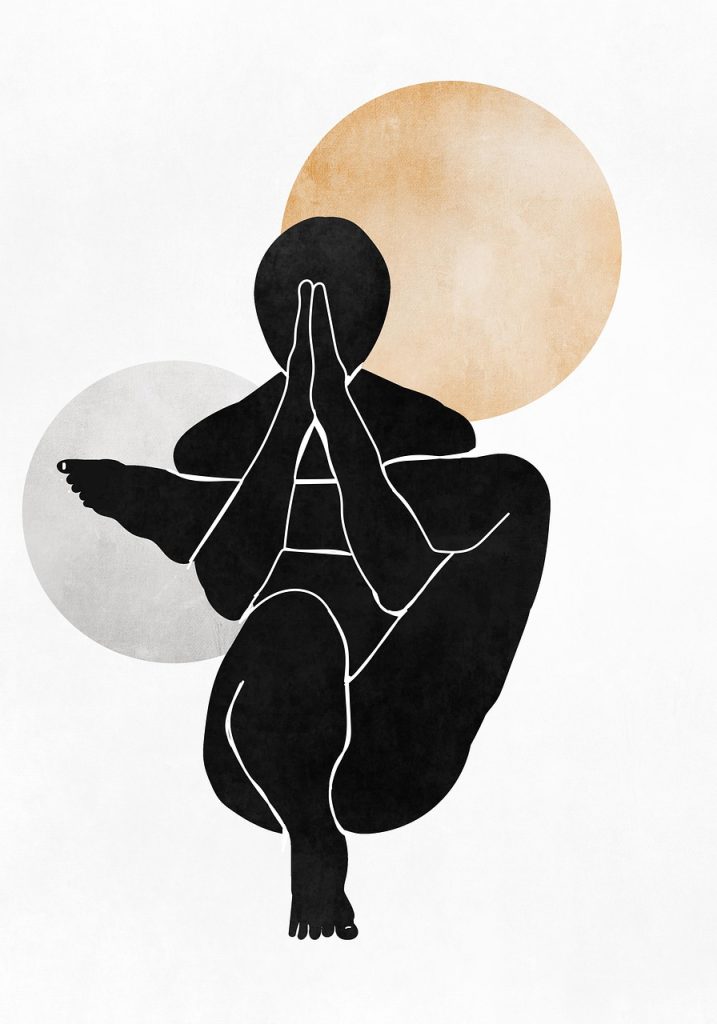
Engaging Deep Listening
Louis had told me about his crime in an off-handed sort of way, kneeling down beside me one day after class while I rolled up my mat. Out of the hearing of others and out of the blue, he had confided the name of his victim and what he had done. I wasn’t sure why he wanted me to know, but I took it as a test of trust, a way to determine the extent of my compassion.
“You might not want to talk with them if you know what they’ve done,” one of my volunteer colleagues cautioned when I told her I had discovered that many of my yoga regulars were serving sentences for murder. “If you know their crime you might treat them differently.” But my gut reaction was not fear or aversion, but a curiosity and concern about what had happened to make them so angry, so scared or bitter that they would commit such a heinous act. In my naïveté I had expected my students to be more dysfunctional, difficult, belligerent and maybe even mean. But they were cooperative and kind. They came to class and worked hard, and I never had any issue with discipline. I felt that if things had been only slightly different in their lives, they would have been sitting in one of my university classrooms instead of locked up.
Louis was aware I was an educator and often solicited my advice about what he should study when he got out. “Do you think I should pursue a technology degree,” he asked during one of our conversations, “or focus on my artistic interests?” I knew he had an upcoming parole board hearing, so a future oriented attitude seemed natural, and I was always encouraging, making suggestions and brain-storming ideas. But I also sensed there was another reason why Louis talked incessantly about ‘after.’ It seemed to me he was avoiding something about himself that he needed to explore.
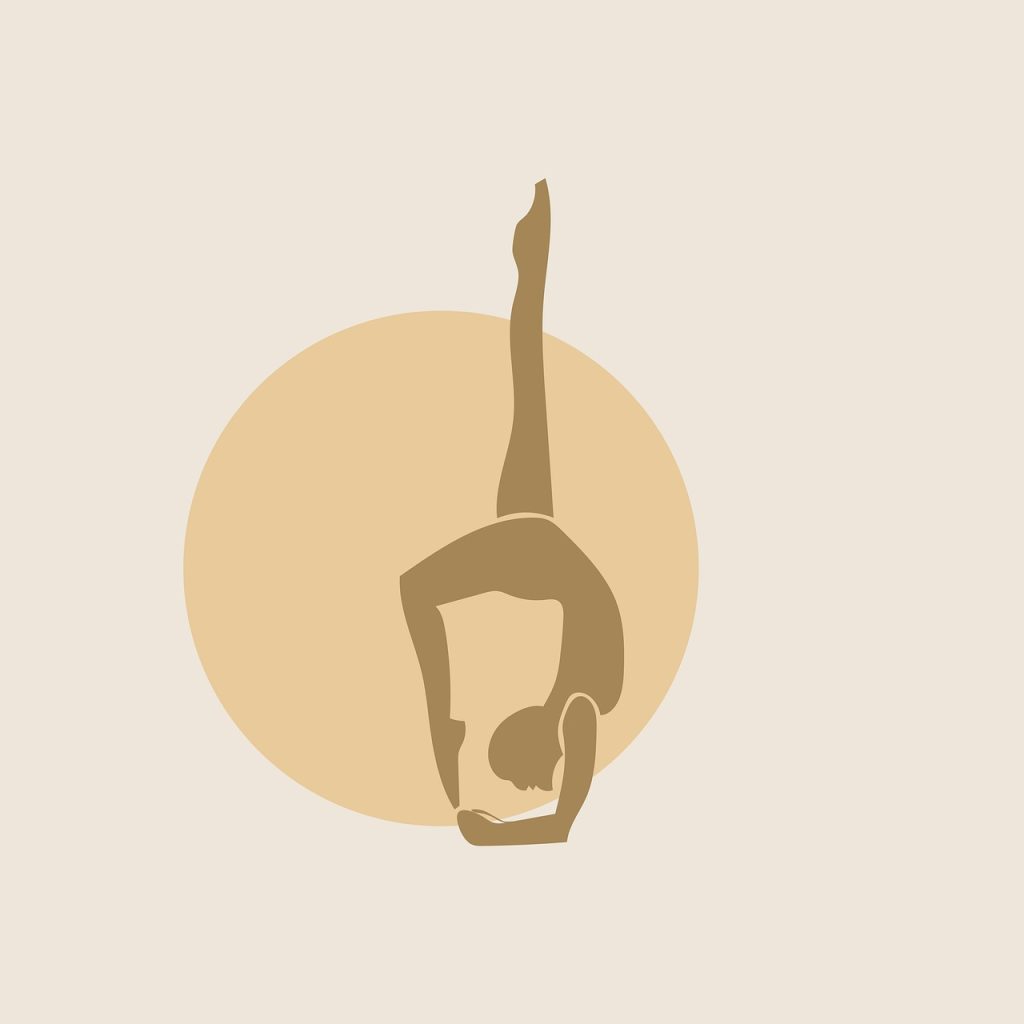
Investigating the Parole Process
Parole suitability hearings take place four days a week at prisons across California, and at each meeting, the lifer and his attorney present evidence that the potential parolee no longer poses a threat to the public. These strained events can turn into many consultations over a span of years with most reaching the conclusion that more internal work needs to be done, and even a positive outcome can be short lived. Steve had been cleared a couple of years earlier and then denied by the governor, this right of review and refusal available to California’s chief executive. “I was okay at first,” was the way Steve put it, “and then I wasn’t.” When I found out the hearings were open to the public, I applied to be an observer. I could not witness the testimony of one of my students, but I wanted to understand the process.
On the day of my appointment, I crowded into the tight office space at Solano prison in Vacaville where the parole board commissioner, appointed by the Governor, and the deputy commissioner, a civil servant, sat behind a large desk just opposite the incarcerated person and his attorney. Two armed guards hovered against the back wall, and I watched from a perch in the corner. I knew from my reading that all hearings followed a similar format, starting with a lengthy interview about the individual’s early life, then reviews of the psych evaluation and prison rule violations, any positive statements by staff or volunteers, and support letters from people who managed prison programs or classes.
But nothing in the articles I read described the contemptuous way the commissioners addressed the man seeking parole or their palpable frustration as they bombarded him with questions and expressed disbelief with most of his answers. When he claimed to have killed his victim for status, the commissioner argued, leaning forward to look at him directly. “Gang leaders are often the people with money,” she said. “Why wasn’t that your goal?” When he countered and said the older gang members had given him praise, she shook her head, disputing his response and then asked, “Did you brag about it?“ The deputy commissioner was more interested in probing for empathy, and he inquired about a hypothetical family pet. “If you had been told to shoot your dog to be part of the gang,” he asked, “would you have done that?”
“I know I murdered an innocent man,” the prospective parolee cried at one point, taking the Kleenex offered by his attorney, a young woman who sat by his side throughout the entire two and a half hours, but this did not turn the hearing in his favor. The commissioners were listening for expressions of remorse and if the parole candidate could make a connection between his past traumas and his criminal behavior. He did not convince them. The most powerful moment for me was his silent nod of assent when asked a question about his mother. “She tried to run you over with a car when you were ten years old, correct?”
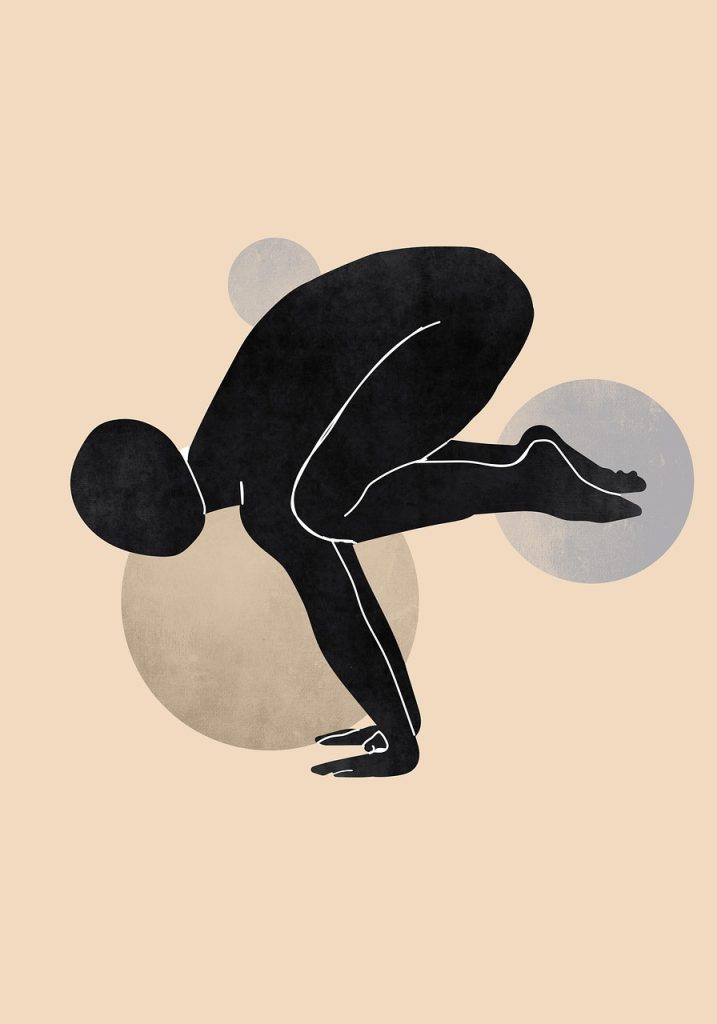
The Importance of Candor
Nearly one million people have been incarcerated in the US for violent offenses, and they are generally excluded from the growing conversations around criminal justice reform that have gained public support in recent years. Pardoning those who are guilty of violence is a difficult story to tell. Most people express some fear when asked whether individuals convicted of felonies should be paroled and admitted back into society. “Don’t you think they’ll do it again?” my colleagues and friends asked, expressing a commonly held belief that these offenders would always be a risk. But studies have shown that those who are guilty of a violent crime are not likely to recommit. Research at Stanford University examined the lives of 860 lifers paroled over a fifteen-year period in California. The investigation found that not one carried out any further murders and only five, less than 1 percent, were arrested for another felony. What is also clear is that age makes a difference. Louis was over fifty years old, and Steve was in his late forties. They had committed their life crimes in their twenties and been incarcerated for over two decades. They had spent significant time in rehabilitative classes, and been questioned repeatedly by the state commissioners since their original sentencing.
When I saw Louis the following week and he reminded me of his upcoming date, our conversation was informed by what I had learned by my attendance at the parole board hearing.
“I can write you a letter of support,” I said, as we stood and chatted after practice. “And I will certainly do that. But the outcome will depend primarily on what you communicate in real time.”
I was always very careful with what I said to my students, and I had reflected for some time on the way to frame what I thought Louis should hear. The etiquette surrounding over familiarity loomed in my mind and prevented me from engaging in a lengthy conversation, but I wanted to relay my intuition that he was hiding something from himself.
“The commissioners pay very close attention to the way a person speaks and sometimes you don’t sound authentic or sincere.”
Louis looked down at the floor when I told him this, his body paused in astute alertness and I could feel him opening up, the expression ‘all ears’ an apt metaphor for the manner in which his entire being was attuned to my words. He remained poised a beat longer, taking it all in, then he nodded a quick ‘thank you’ before he turned and walked towards the door.
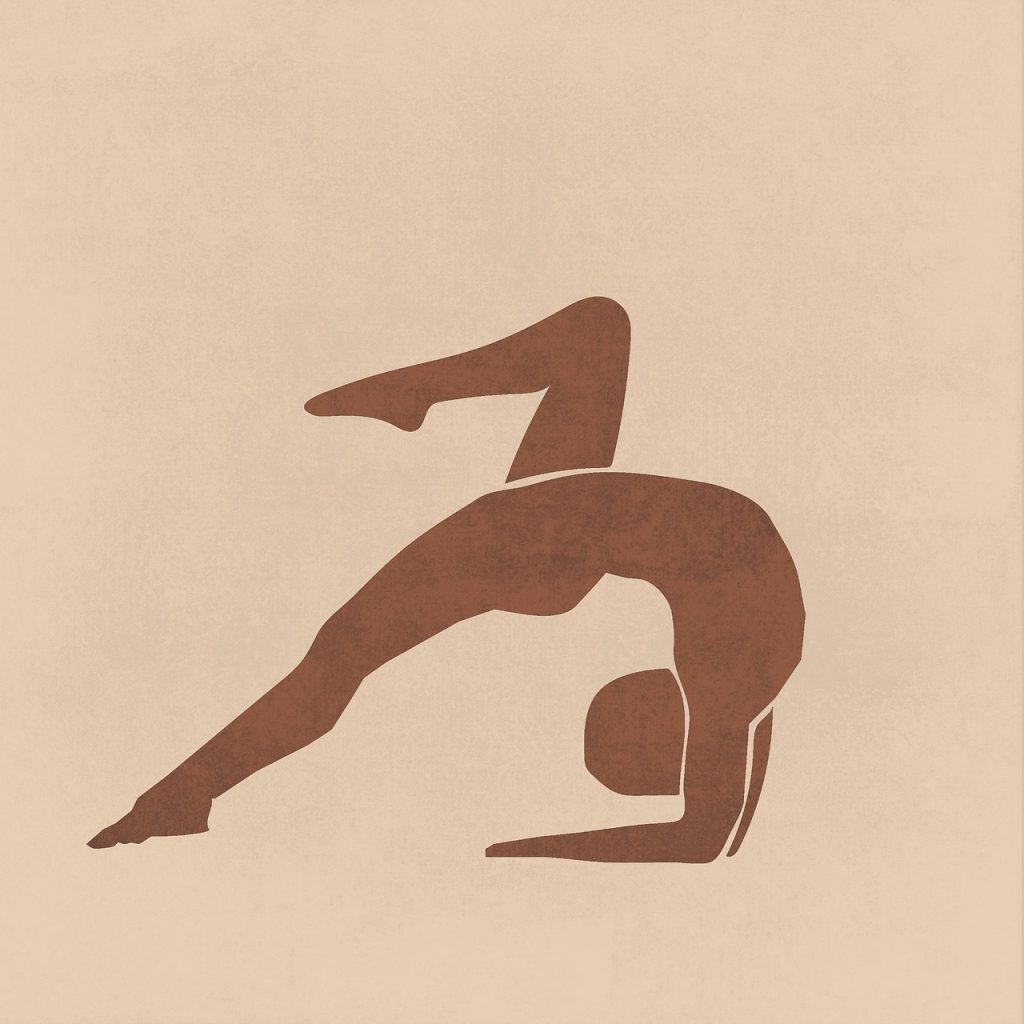
Uncertainty and Hope
For the first few months the yoga class went smoothly and seemed to settle into a rhythm. Then I became aware of the unpredictability that occurs with volunteer programs. Two or three times I was told not to come because the prison was on lock-down. Another time, Darrell forgot about the Sunday class and I drove the hour and a half to DVI, only to find I could not get an escort inside. Steve decided to accept a transfer to another prison where he would have fewer restrictions and Louis stopped coming. There were still many students, but I missed the dynamic those two men brought to the class.
One afternoon I saw Louis striding down the long corridors towards me and Darrell, and I waved him down so we could talk. He had started meeting individually with a pastor, appointments that created a time conflict on Wednesdays and he apologized for not telling me earlier. These discussions were helpful and going well, he said. We exchanged hellos a couple more times as we passed in the hallways, but both of us were in a rush on our way to somewhere else. Yet the next time I saw Louis, he was hurrying specifically in my direction.
“I’m going to get personal quickly,” he said as he stepped to the side of the hallway and I moved closer and allowed Darrell to go ahead. “My psyche review came back and looks good and I’ve been doing well with the pastor. But because… I just couldn’t accept… and I never realized…”
Louis’ words tumbled out as usual, his speedy brain trying to convey to me the changes in his life and his optimism for the future. I could see a softening in his demeanor and feel more of a relationship between his heart and his words. Then the muscles in his right cheek tightened.
“I never realized the connection between the abuse that happened to me as a child and the violence I committed.”
If we had been anywhere else, I might have put a hand on Louis’ shoulder or given him a hug, but I had to stop myself from reaching out. In prison all I could do was nod empathetically as I tried to voice my understanding of how hard it must have been for him to go back in time and uncover painful trauma. I shared my hope that he would speak truthfully and with emotional honesty at his next parole board hearing.
As we parted ways, and I turned back towards the prison exit, hurrying to catch up with my escort, I was reminded of one of my earliest conversations with Darrell. He had been right. Louis did want something. But what he wanted was far more elusive than a snack or a book. It was something hard to find within the prison walls and yet was sought after by many of those who are incarcerated. Louis had wanted someone to interact with him as a person, and particularly the person who he had become, not the man in the past who had been sentenced to twenty years to life with just the possibility of parole.
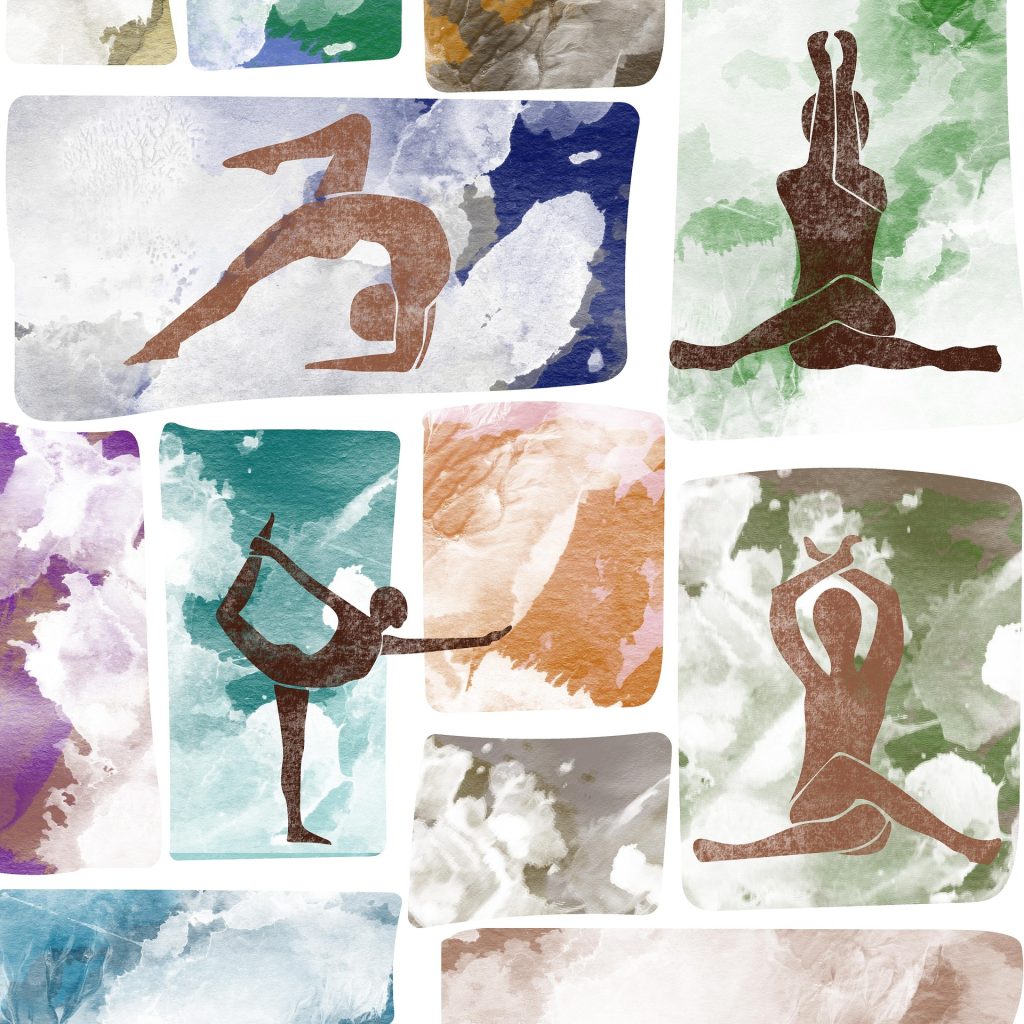
Nothing Stays the Same
That brief hallway conversation was the last time I talked with Louis. A month later, in March of 2020, California’s prisons were locked down because of COVID and all activities managed by outside volunteers were suspended. I continued to send in yoga materials for the men still registered in my class and made a daily check of the website created by the CDCR that allowed the public to stay apprised of the state’s response. The overcrowded carceral system was an easy mark for a wildfire-like spread and this urgency prompted the growth of a grass-roots movement advocating for the implementation of emergency measures.
In April, CDCR expedited the release of almost 3,500 persons serving sentences for non-violent offenses who had 60 days or less to serve and were not registered as sex offenders. In July, the agency took additional actions to dismiss, on a rolling basis, individuals who had less than 180 days left on their sentences. Then, as the state continued to make other efforts to create extra space for physical distancing and quarantine, California’s governor Gavin Newsom took the opportunity to make good on his promise to close one prison during his first term in office. In late September 2020, I received an email from the Community Resource Manager confirming that DVI would shut down the following fall and any remaining men would be transferred to other institutions. Guards, administrative staff and other prison personnel would be re-assigned. By the end of 2020, the state’s prison population had been reduced by 27,500, bringing the total number of incarcerated people to 94,500.
Throughout these many changes, I kept my eyes on the CDCR website that contained parole information and was pleased to see that Louis was found suitable when he next went up before the board. A month or so later, I received a copy of the letter he sent to the Prison Yoga Project, thanking the organization for bringing yoga practice into the prison. “My path to rehabilitation, redemption and transformation has been a collective effort,” he wrote and included a special message of appreciation for my support. The note was dated just about a year after his first correspondence requesting the class and it seemed to be an appropriate bookend to his personal story. It was also a sign for me that a chapter was complete.
[1] I have created composite characters and changed names to protect privacy.
Credits
Featured image and illustrations by BiancaVanDijk for Pixabay
Learn More
New to autoethnography? Visit What Is Autoethnography? How Can I Learn More? to learn about autoethnographic writing and expressive arts. Interested in contributing? Then, view our editorial board’s What Do Editors Look for When Reviewing Evocative Autoethnographic Work?. Accordingly, check out our Submissions page. View Our Team in order to learn about our editorial board. Please see our Work with Us page to learn about volunteering at The AutoEthnographer. Visit Scholarships to learn about our annual student scholarship competition
Sylvia Sensiper is a writer, photographic artist, and advocate. Her writing has been published in Intima, Next Avenue and the Glacial Hills Review. She has contributed to academic journals including Current Psychology and Children and Youth Services Review. Her photographs were featured in a solo show at the Else Gallery at Sacramento State University in California and have been included in a number of group exhibitions. Through her advocacy work, she has helped nearly 140 young adults with experience in California’s foster care system gain admission to advanced degree programs and pursue professional careers.




